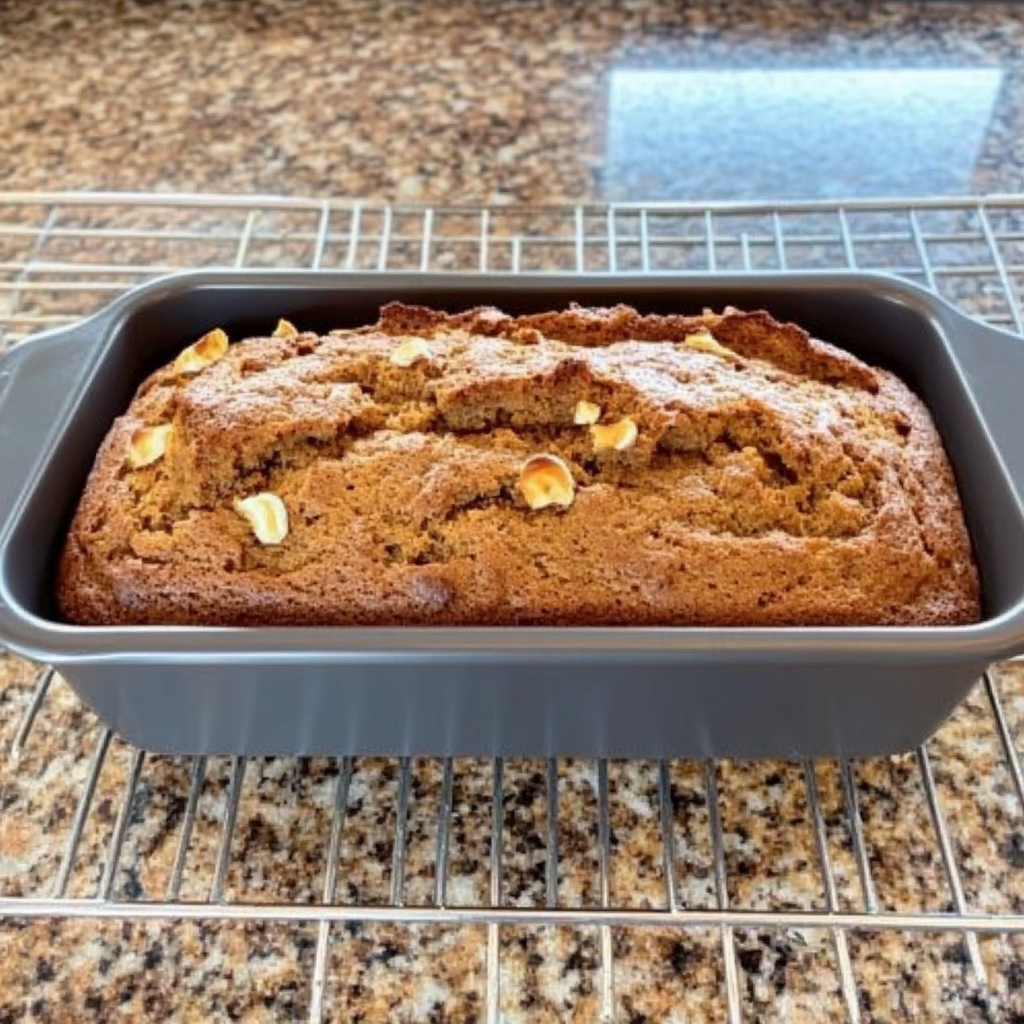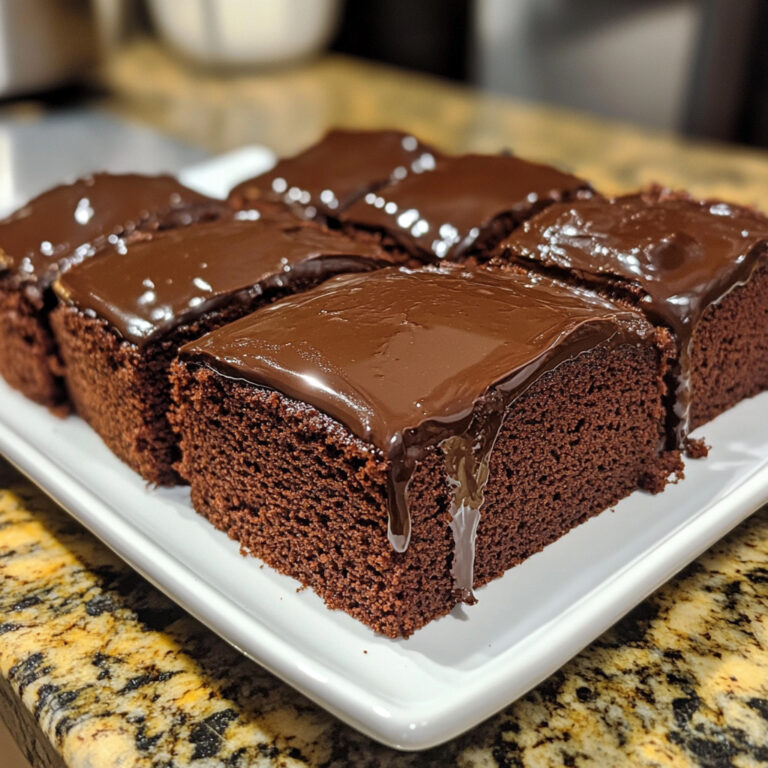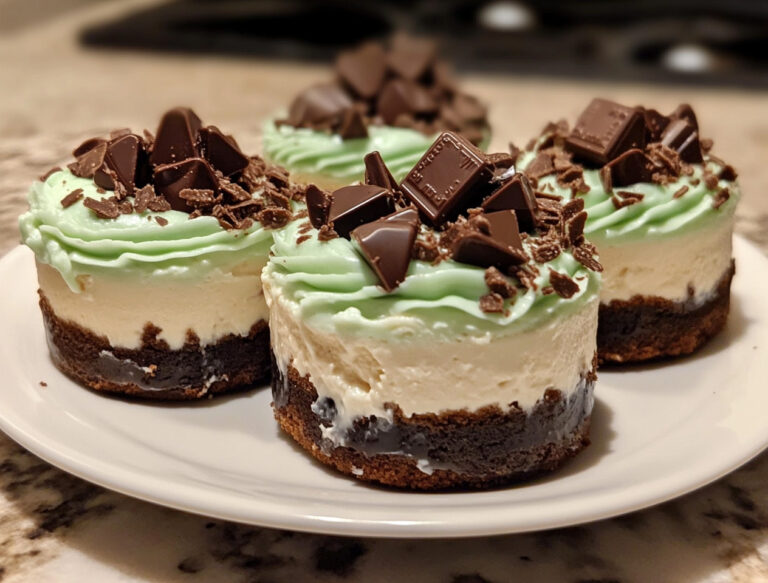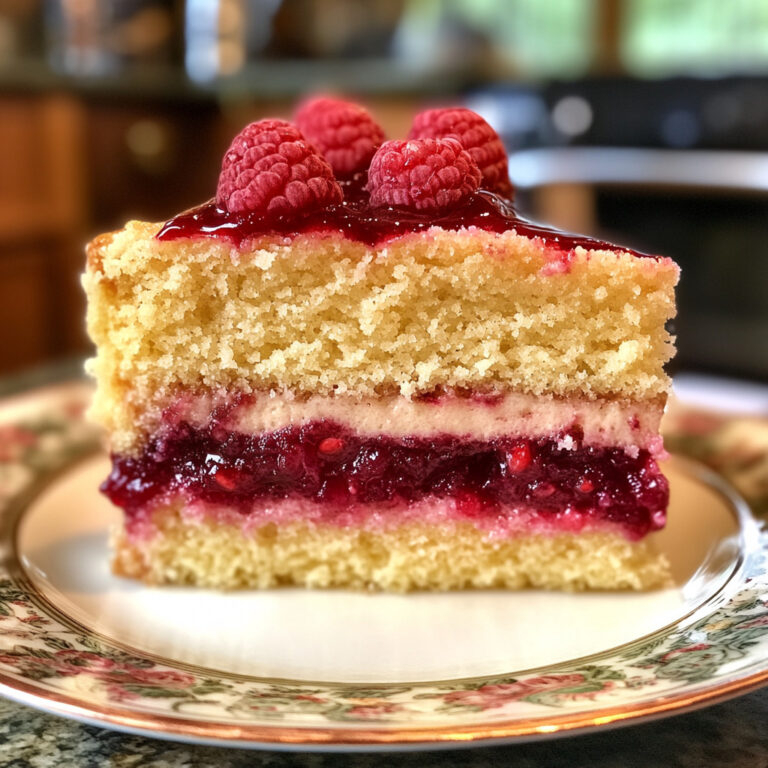Banana Nut Bread: A Classic Recipe for Delicious Flavor
Banana nut bread is a classic baked good that combines the rich flavors of ripe bananas with the crunch of nuts. It is a versatile recipe that can be enjoyed as breakfast, a snack, or even a dessert. The balance of sweetness from the bananas and the earthy notes from the nuts creates a delightful experience for the palate.
Whether one prefers walnuts, pecans, or even variations that include chocolate chips, banana nut bread can be customized to suit different tastes. The simplicity of the recipe makes it an accessible option for bakers of all levels. With just a few ingredients, anyone can produce a moist, flavorful loaf that is sure to impress.
As the aroma of banana nut bread fills the kitchen, it often evokes memories of home and comfort. Many cherish this recipe for its nostalgia and the joy it brings to gatherings. Embracing this beloved treat can lead to discovering new variations that keep the tradition alive.
History of Banana Nut Bread
Banana nut bread has a rich history that reflects culinary adaptation and regional variations. Its evolution highlights both cultural influences and the increasing popularity of bananas as an ingredient.
Origins and Evolution
The origins of banana bread can be traced back to the 1930s in the United States, coinciding with the rising availability of bananas. As bananas became popular, cookbooks began featuring recipes that included bananas as a key ingredient. Traditionally, banana bread was a way to use overripe bananas, preventing waste.
The introduction of baking soda and baking powder as leavening agents made the preparation simpler and faster. This innovation allowed for a moist and flavorful bread. In 1933, a banana bread recipe appeared in a cookbook published by the Fusco family, marking its entry into mainstream American cuisine.
Popularity and Variations
Banana nut bread gained significant attention during the 1960s and 1970s, aligning with the health food movement. The use of whole grains and nuts increased its appeal among health-conscious consumers.
Today, variations of banana nut bread are popular, incorporating ingredients like walnuts, pecans, or chocolate chips. Other adaptations include gluten-free and vegan options, expanding its reach to various dietary preferences. Popular recipes maintain the classic flavor while offering diverse twists, showcasing the bread’s versatility.
Key Ingredients
The quality of the ingredients in banana nut bread directly affects the flavor and texture. Selecting the right bananas, nuts, and flour can enhance the final product significantly.
Bananas: Ripe vs. Overripe
Ripe bananas are essential for banana nut bread. A ripe banana has a yellow skin with some brown spots, indicating it has developed natural sugars, which contribute to sweetness.
Overripe bananas, often fully brown, are even sweeter and will provide a more intense banana flavor. These bananas are also softer, making them easier to mash into the batter.
Ideally, using a combination of ripe and overripe bananas can create a nice balance in flavor and texture, catering to both taste and moisture content.
Types of Nuts and Alternatives
Common choices for nuts in banana nut bread include walnuts and pecans. Walnuts add a slightly bitter flavor that complements the sweetness of the bananas. Pecans, on the other hand, offer a buttery taste and a crunchier texture.
For those with nut allergies, seeds like sunflower or pumpkin can serve as great alternatives. Chocolate chips or dried fruit may also be added for different flavors, enhancing the bread’s appeal without the presence of nuts.
Flour Choices for Texture
All-purpose flour is a typical choice for banana nut bread, providing a reliable structure. For a denser texture, whole wheat flour can be used, adding a nutty flavor and more nutrients.
Gluten-free blends are available for those avoiding gluten, often made from rice or almond flour. Each type of flour will affect the rise and crumb of the bread, so it’s essential to choose based on personal preference.
Experimenting with different flour combinations can produce a unique texture and taste, keeping the recipe versatile.
Baking Techniques
Baking banana nut bread successfully requires attention to specific techniques that impact the final flavor and texture. Key methods include proper mixing techniques and precise control of baking temperature and time.
Mixing Methods
The mixing method significantly influences the texture of banana nut bread. The most common technique is the muffin method, which involves combining dry ingredients in one bowl and wet ingredients in another. This approach minimizes gluten formation, leading to a tender crumb.
- Prepare the Bananas: Mash ripe bananas until smooth, ensuring they become part of the wet mixture.
- Creaming Fat and Sugar: If the recipe calls for butter, cream it with sugar until pale and fluffy. This step incorporates air, aiding leavening.
- Fold in Nuts: Gently fold in chopped nuts at the end to maintain their integrity.
Mixing should be done until just combined to avoid overworking the batter.

Baking Temperature and Time
The baking temperature and time are crucial for achieving the ideal banana nut bread. Typically, the bread bakes at 350°F (175°C).
- Preheating: Always preheat the oven to ensure even baking from the start.
- Oven Position: Center the rack to allow for even heat circulation.
- Check for Doneness: Bake for about 50-60 minutes or until a toothpick inserted in the center comes out clean.
If the top browns too quickly, cover it loosely with foil. The result should be a moist interior with a golden-brown crust.
Nutritional Information
Banana nut bread is not only a flavorful treat but also offers various nutritional components that can benefit the diet. This section examines the calorie content and the health benefits of its key ingredients.
Calorie Content
A standard slice of banana nut bread typically contains around 200 to 250 calories. The precise calorie count can vary based on the recipe and the ingredients used.
- Basic Ingredients:
- Bananas: Provide natural sweetness and are low in calories.
- Nuts: Add healthy fats and protein, contributing to the total calorie count.
Understanding the calorie content helps individuals make informed choices regarding portion sizes. For those monitoring their calorie intake, knowing the specific ingredients can aid in creating healthier variations.
Health Benefits of Ingredients
Banana nut bread includes several nutritious components that contribute to health.
- Bananas: Rich in potassium, fiber, and vitamins C and B6, they support heart health and digestion.
- Nuts: Walnuts or pecans enhance protein and healthy fat content. They may lower cholesterol and improve heart health.
- Whole Grains: If using whole wheat flour, additional fiber aids in digestion and may promote a feeling of fullness.
Including banana nut bread in moderation can offer nutritional benefits, especially when crafted with wholesome ingredients. The combination of fruits and nuts increases its health profile.
Serving and Pairing Suggestions
Banana nut bread serves as a versatile treat that pairs well with a variety of beverages and suits many occasions. The following suggestions highlight the ideal pairings and serving contexts for enhanced enjoyment.
Beverage Pairings
When selecting beverages to accompany banana nut bread, consider options that complement its rich flavors. Popular choices include:
- Coffee: A warm cup of coffee enhances the bread’s comforting qualities. Medium roast varieties work well.
- Tea: Both black tea and herbal teas, like chai or rooibos, offer a pleasant contrast to the sweetness.
- Milk: A glass of cold milk balances the richness of banana nut bread, appealing to both children and adults.
- Juice: Freshly squeezed orange or apple juice provides a fruity complement to the nutty flavors.
Each beverage option helps to elevate the overall taste experience.
Serving Occasions
Banana nut bread is suitable for various occasions, making it a popular choice. Consider serving it during:
- Breakfast: Slices make a nutritious start to the day when paired with coffee or tea.
- Brunch: Serving banana nut bread alongside pastries and fruit creates a delightful spread for celebrations or gatherings.
- Dessert: It can also serve as a light dessert option, particularly when paired with ice cream or whipped cream.
- Snacks: A quick slice offers a satisfying treat during afternoon breaks or as a travel snack.
These contexts highlight the flexibility of banana nut bread in everyday and special moments.





